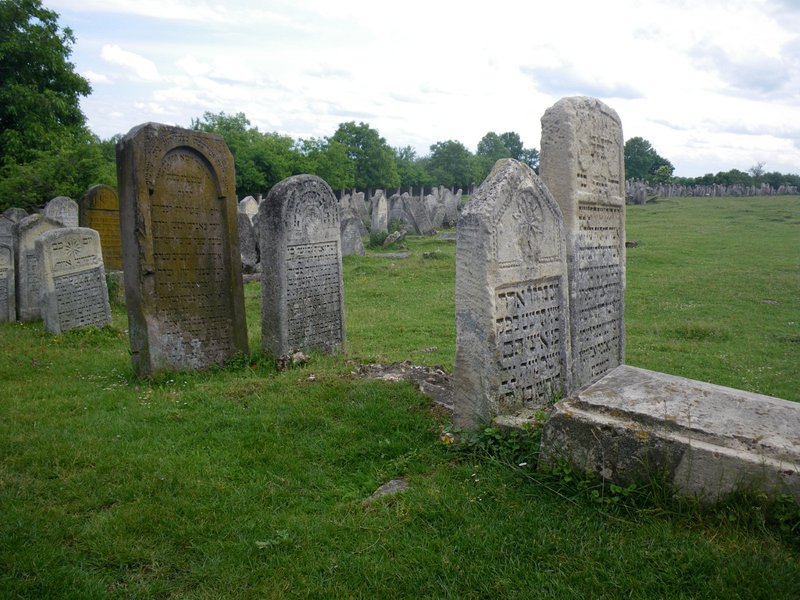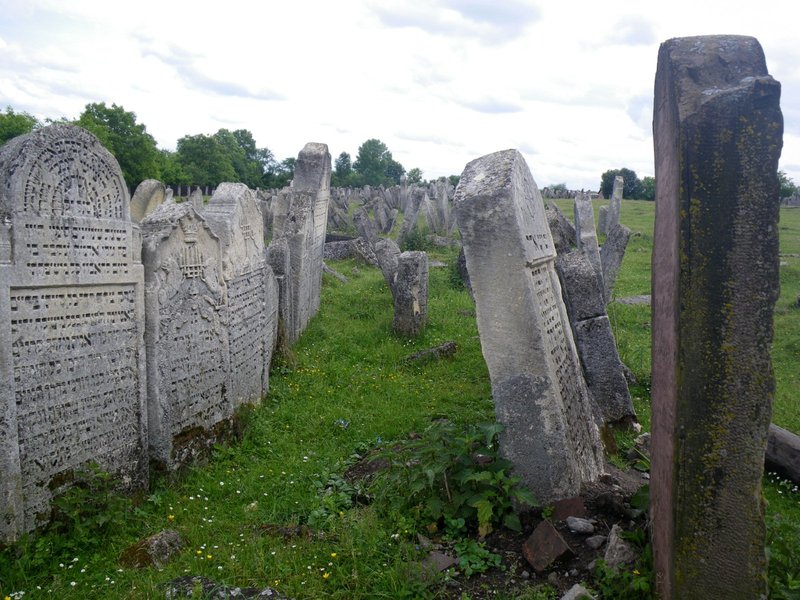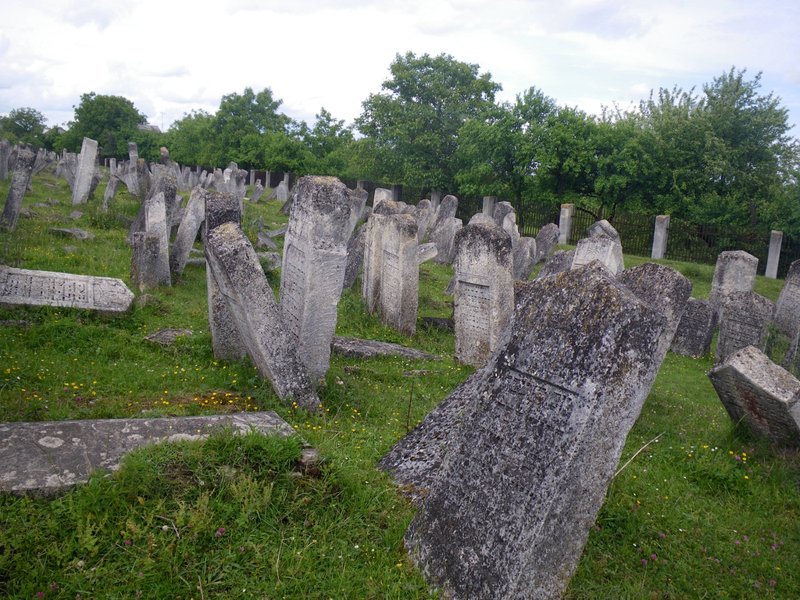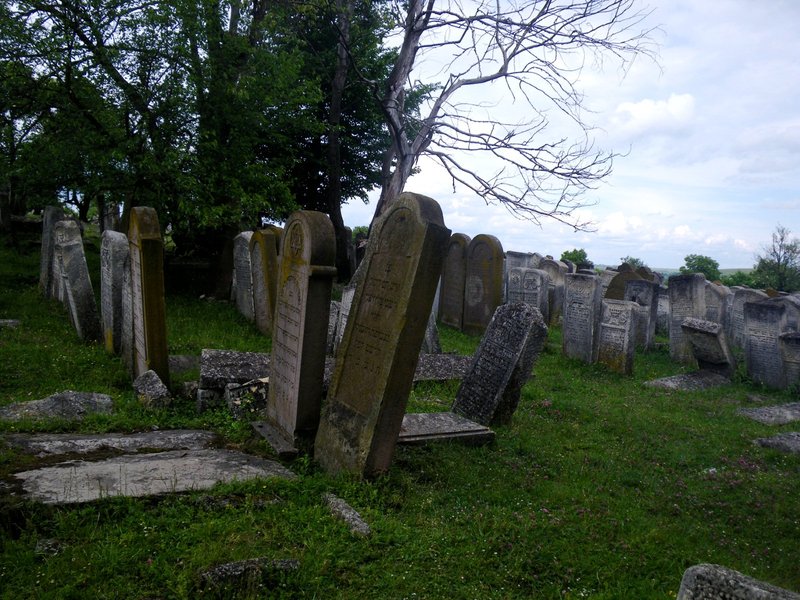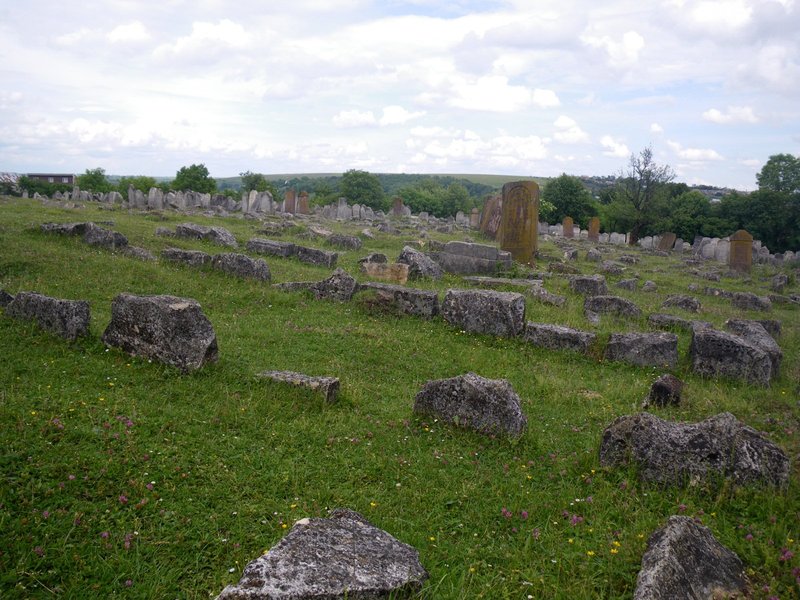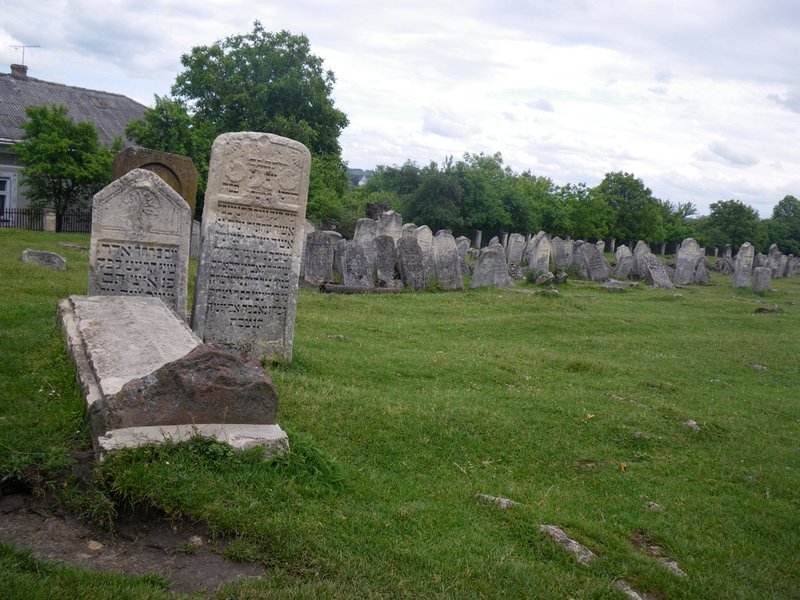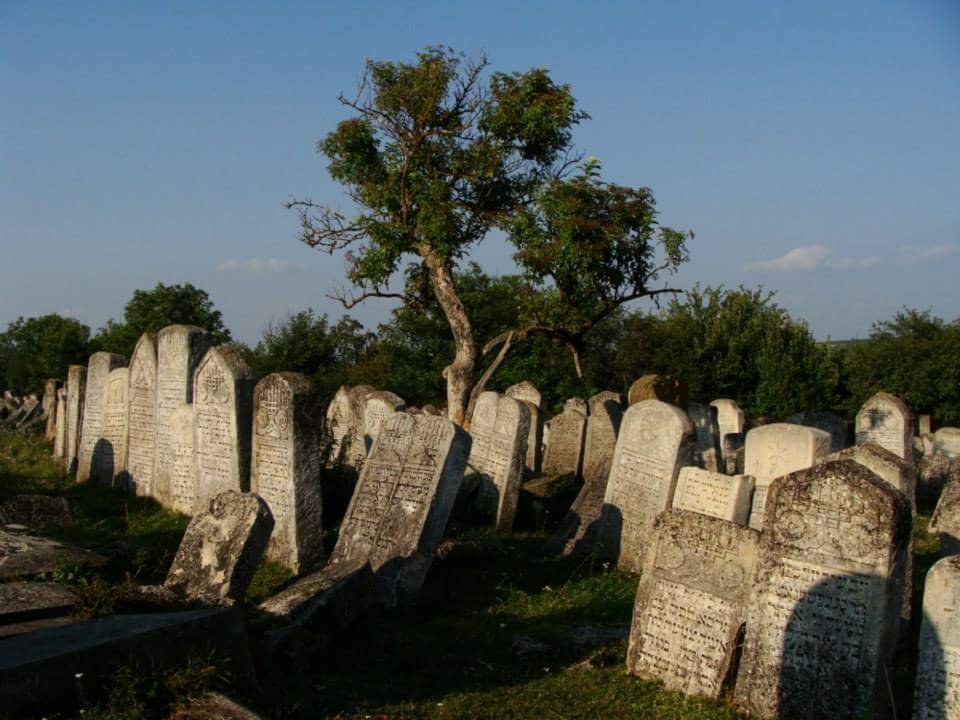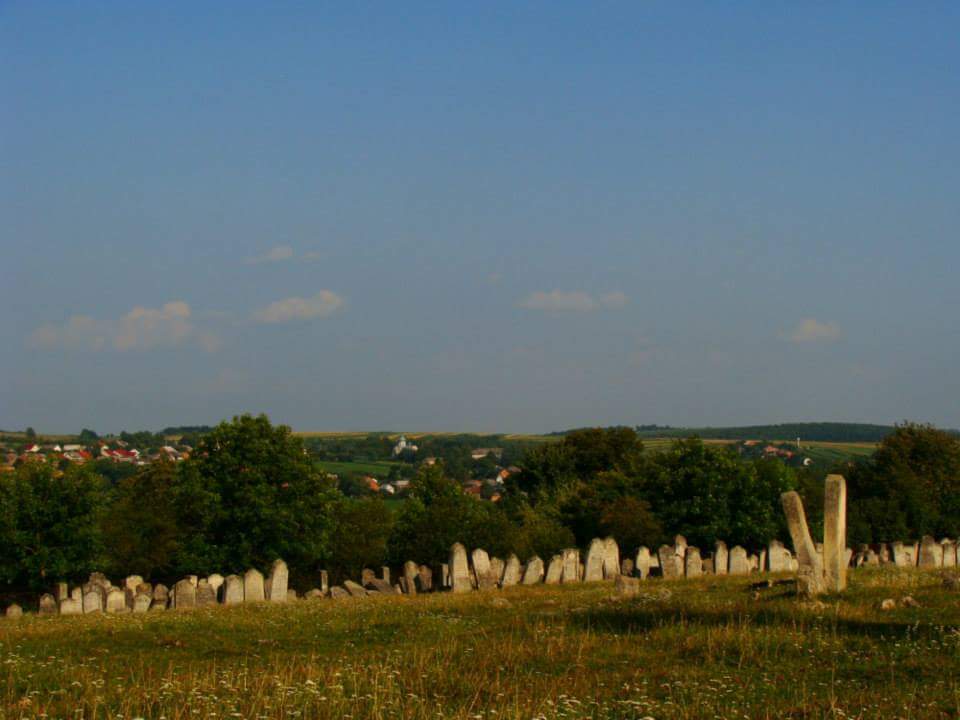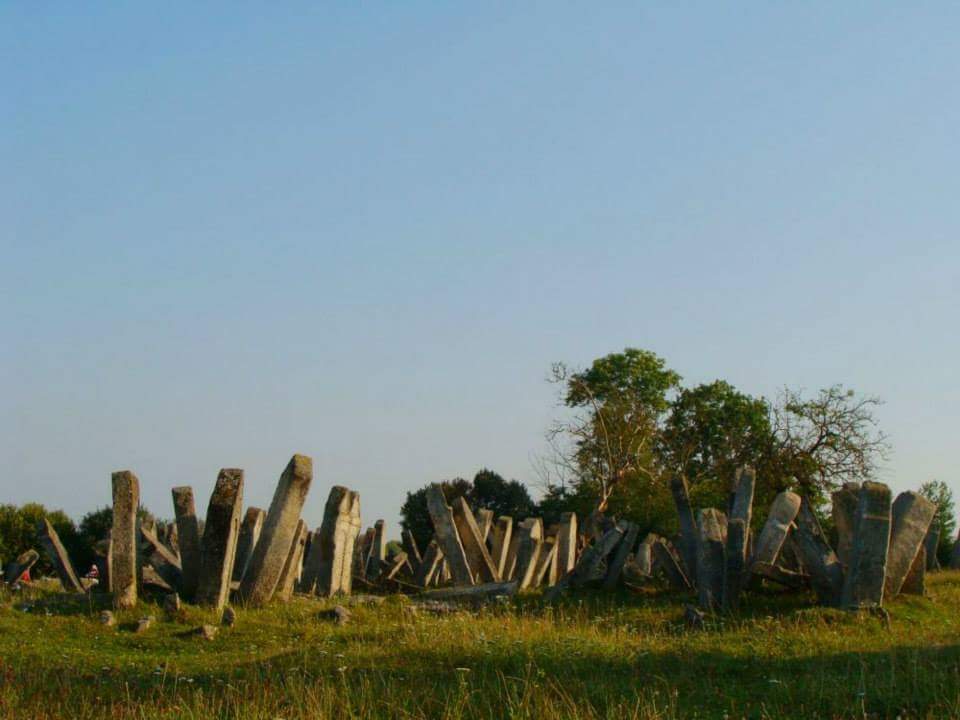Alternate names: Pidhaytsi and Підгайці [Ukr], Podhajce [Pol], Podhaitza and פּאָדהייץ [Yid], Podgaytsy and Подгайцы [Rus], Podhaits, Pidayets, Pidhayets, Pidhajci, Podgaitsy, Podgajcy, Podgaytse, Podhaytse, Pidhajzi. 49°16' N, 25°08' E, 28 miles SW of Tarnopil, 30 miles NE of Ivano-Frankivsk (Stanisławów) in Ternopil oblast. Jewish Population: 4,012 (in 1880), 3,497 (in 1910): [December 2012]
History. [Feb 2014]
Ehpes-Chernowitz [Mar 2014]
Jewish Bukovina. [Mar 2014]
Russian site with photos: "Historical sources Podgaitsy mentioned as a town in 1463 and in 1539 granted the Magdeburg Right. In 1655 Cossack regiments stormed the castle. In the 15th-16th centuries. the city belonged to the gentry family Buceatchi and in 1630, the magnates Potocki. At the end of the 19th century, Podgaitsy district town was industrialized. At the beginning of 29thcentury, the city railway arrived but was not unfinished because of the outbreak of the First World War - the line Lviv - Peremishlyani - Bershad - Podgaitsy, which continued through Bucac planned to Zaleschiki. This railway was instrumental in 1916 in Brusilov breakthrough. During World War II, the railway line was destroyed and the town almost completely destroyed. Device fairs and trading in 1519 caused the growth of the Jewish community. In 1552 Jews were first mentioned as tax payers in the city. 17th century.brought a lot of trials and losses for the Jewish population: attack of the Tatars and Turks (in 1672 - 1699. Podgaitsy was part of Turkey), the Polish-Cossack war. Despite this, the Jewish community had all the necessary institutions for a normal existence: synagogue, and cheder, and a cemetery. After the fall of the Armenian community (in 1675, the city was devastated by the Turks), Jews occupied a prominent place in the city and region. In the 1700s, followers sabatianskoy heresy appeared, which in the 18th century was headed by Jakub Frank. 18ht century found Hasidism there..1765 population: 1079 Jews. In 1772, the city was umder Austrian Empire.Authority.They attempted assimilation, but without much success. In 1820, Podgaitsy got the right to host 11 fairs a year, which contributed to the growth and development of the Jewish community. In 1876, a Jewish club - a reading room,opened and in 1879 the World Jewish Congress office. At the end of the 19th century,.Podgaitsy been a county town with a developed industry. But due to poor infrastructure and crowding, city burned. A large fire May 26, 1889 destroyed three-quarters of the city. French metsenet - Jew Baron Priya visited the city after the fire and gave 50 thousand francs for 750 families, despite of nationality. But poverty led to mass emigration to America. 1895 the Jews created their own society. In 1905, they opened a Jewish school. Before World War I, the city had four Jewish schools and 3754 Jews (living in the southern part of the city). After the wa,r Podgaitsy again part of Poland (1919 -1939.). Heavily influenced by the Zionists. Ukrainian government helped to get Viennese printing machines to Vaynlesu, owner Publishing, which burned in 1917 Russian retreat. During this time, gratitude meant orders of Ukrainian organizations were filled almost free, except for payment for the paper. In 1931 2,872 Jews in the 6000 population. In 1942, on Yom Kippur, the Gestapo using police sent about 1,000 Jewish men and women in the Belzec extermination camp. Other Jews were imprisoned in the ghetto, where many died of typhus. A month later, more than 1,500 people were sent to Belzec (95% were killed immediately or shortly after arrival). June 6, 1943, the remaining Jews were shot on the outskirts of the city. Detailed description of photo. Used material:
TAG ARCHIVES: PIDHAITSI. GALICIA AND BUKOVINA IN BLACK AND WHITE
CEMETERY
"Pidhaytsi numbers about 10.000 inhabitants and before the war it had large Jewish population (nearly 40 %), as well as many Poles. Jews perished in the Holocaust and Poles were deported to Western Poland or Siberia in 1945. First Jews settled in Pidhaytsi in 16th century and Pre-Holocaust Jewish population numbered approximately 2,900. During WW II, most of Pidhaytsi Jews were deported to Belzec in September-October 1942; the remainder were shot in town. Jewish community was not rebuilt after the war . Now town is mainly Ukrainian. Pidhaytsi was founded around year 1539 on the territories which were incorporated into Poland yet in 14th century. In 1667 Pidhaytsi was a battle place with victory of Polish armies (under field commander and king Jan III Sobieski) over Ukrainian Cossack - Tatar forces. And in 1698 here was another battle, namely forces of Polish magnate F. K. Potocki overcame the Tatars. ... SYNAGOGUE, end of 16th - beginning of 17th centuries (picture ) Building was built as Arian temple (before 1640s). Additional store was added when it was reconstructed as synagogue. It si built of sand stone, rectangular in its plan. Flat walls have narrow arrow like windows. The monument is THE OLDEST BUILDING IN THE TOWN and plays an important role in the formation of architectural view of the town.
PIDHAYTSI JEWISH CEMETERY (picture):
Cemetery photos [December 2012]
(Data from jewishgen.org) The cemetery is located at center on Lesi Ukrainki str.The earliest known Jewish community was 15th century. 1939 Jewish population (census) was 2872. The Jewish cemetery was established in 17th century with last known Hasidic (Karlin-Stolin) Jewish burial 1950. No other towns or villages' used this unlandmarked cemetery. The isolated urban hillside and crown of a hill has no sign or marker. Reached by turning directly off a public road, access is open to all with no wall, gate, or fence. 501-5000 common tombstones, most in original location with 25%-50% toppled or broken, date from 16th century. Location of removed stones is unknown.
MASS GRAVE: The cemetery contains unmarked mass graves. The municipality owns site used for Jewish cemetery and agriculture (crops or animal grazing). Properties adjacent are residential and garden. The cemetery boundaries are unchanged since 1939. " Source. [Mar 2014]
Photos courtesy This email address is being protected from spambots. You need JavaScript enabled to view it. [2009]
Photos from Facebook [March 2015]
[UPDATE] Photos by Charles Burns [April 2016]

